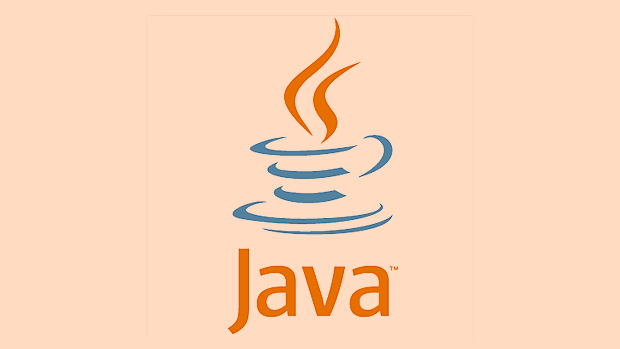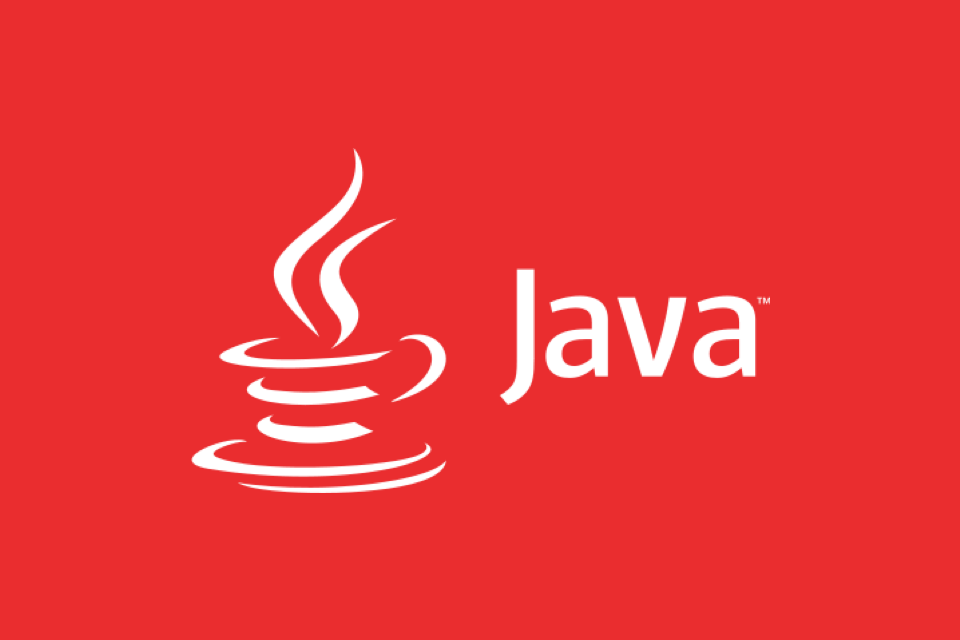Java 17 introduced key features like sealed classes, pattern matching for switch (preview), removal of the Applet API, a new macOS rendering pipeline, stronger encapsulation of JDK internals by default, and the incubator Foreign Function & Memory API; beyond Java 17, versions 18 to 22 added the simple web server (incubator), virtual threads (preview across Java 19, 21), record and array patterns (preview in Java 21), unnamed variables and patterns (preview in Java 21), scoped values (preview in Java 21), and string templates (preview in Java 22); looking ahead, Project Loom, Panama, Valhalla, and Amber are driving innovation in concurrency, native interoperability, performance, and developer productivity, with Java 21 being the next LTS after Java 17, marking a faster evolution of the language toward being simpler, more expressive, and scalable.

Java 17, released in September 2021, marked a major milestone as the next Long-Term Support (LTS) version after Java 11. Since then, the Java ecosystem has continued evolving with regular feature releases (Java 18 through 22 as of 2024), setting the stage for future innovation. Here’s what’s new in Java 17 and what’s shaping up beyond it.

Key Features in Java 17
Java 17 brought several important changes, many of which were incubator or preview features in earlier versions that became stable.
1. Sealed Classes (Stable)
Sealed classes let you restrict which classes can extend or implement a given class or interface. This improves encapsulation and makes domain models more predictable.

public sealed interface Shape permits Circle, Rectangle, Triangle {}
public final class Circle implements Shape { }
public final class Rectangle implements Shape { }
public non-sealed class Triangle implements Shape { } // allows further extensionThis is especially useful in pattern matching and modeling algebraic data types.
2. Pattern Matching for switch (Preview)
Though not yet stable in Java 17, this preview feature allows switch to deconstruct objects based on their type:

String result = switch (obj) {
case Integer i -> "Integer: " i;
case String s -> "String: " s;
case null -> "null";
default -> "Unknown";
};It reduces boilerplate and improves readability.
3. Removal of Applet API
The long-deprecated Applet API was removed. Applets have been obsolete for years due to security and browser support issues.
4. New macOS Rendering Pipeline
Java 17 introduced a new Apple Silicon-friendly rendering pipeline for macOS, improving graphics performance on M1 and later chips.
5. Strongly Encapsulate JDK Internals by Default
--illegal-access=deny became the default. This enforces stronger encapsulation of internal JDK APIs (like sun.misc.Unsafe), pushing developers to use proper alternatives.
6. Foreign Function & Memory API (Incubator)
Introduced as an incubator API, this aims to replace JNI with a safer, more efficient way to interact with native code and memory.
What’s New Beyond Java 17 (Java 18 to 22)
Since Java 17, the six-month release cycle has accelerated innovation. Here are notable features from recent versions.
Java 18: Simple Web Server (Incubator)
A lightweight HTTP server included in the JDK, useful for prototyping and testing:
jwebserver -p 8080
No external dependencies needed—great for quick file sharing or REST endpoint testing.
Java 19 & 21: Virtual Threads (Preview → Second Preview → Third Preview)
Part of Project Loom, virtual threads are lightweight threads managed by the JVM, not the OS. They make it easy to scale high-throughput concurrent applications:
try (var executor = Executors.newVirtualThreadPerTaskExecutor()) {
IntStream.range(0, 10_000).forEach(i -> {
executor.submit(() -> {
Thread.sleep(1000);
return i;
});
});
} // Auto-shutdownThis can dramatically simplify concurrent code—no need for complex thread pools or reactive programming in many cases.
Java 21: Record Patterns and Array Patterns (Preview)
Enhances pattern matching to deconstruct records and arrays directly in switch or if conditions:
if (obj instanceof Point(int x, int y) && x > 0) {
System.out.println("Positive point: " y);
}Reduces nested destructuring and improves code clarity.
Java 21: Unnamed Variables and Patterns (Preview)
Allows using _ to ignore unused variables in patterns:
if (obj instanceof Point(int x, _) && x > 0) { ... }Cleans up code when you only care about certain components.
Java 21: Scoped Values (Preview)
Scoped values safely share data across threads—especially useful in virtual thread environments where thread locals can be inefficient.
ScopedValue.define("user.id", 123);
ScopedValue<String> USER_ID = ScopedValue.newInstance();
// In a virtual thread
String id = USER_ID.get(); // safely inheritedGreat for context propagation (e.g., request-scoped data in web apps).
Java 22: String Templates (Preview)
Introduces STR processor for inline expressions in strings:
String name = "Alice";
int age = 30;
String info = STR."Hello, \{name}! You are \{age} years old.";Safer and cleaner than String.format() or concatenation.
Also supports custom processors (like FMT for formatting with localization).
Looking Ahead: What’s in the Pipeline?
Several major initiatives are shaping Java’s future:
- Project Loom: Virtual threads and structured concurrency will likely be standard in Java 23 or 24, transforming how we write concurrent applications.
- Project Panama: Aims to improve JVM interoperability with native code and data, building on Foreign Function & Memory API.
- Project Valhalla: Exploring value types and generic specialization—could dramatically improve performance for data-heavy applications.
- Project Amber: Focuses on productivity features like pattern matching, records, and sealed types.
Summary
Java 17 solidified modern Java with sealed classes, better encapsulation, and early previews of Loom and Panama. Beyond 17, the language is evolving fast—virtual threads, pattern matching, string templates, and scoped values are making Java more expressive, scalable, and developer-friendly.
With LTS versions expected every two years (Java 21 is the next LTS after 17), now is a great time to upgrade and explore these features in production.
Basically, Java isn’t standing still—it’s becoming simpler, faster, and more powerful, one release at a time.
The above is the detailed content of What's New in Java 17 and Beyond. For more information, please follow other related articles on the PHP Chinese website!

Hot AI Tools

Undress AI Tool
Undress images for free

Undresser.AI Undress
AI-powered app for creating realistic nude photos

AI Clothes Remover
Online AI tool for removing clothes from photos.

Clothoff.io
AI clothes remover

Video Face Swap
Swap faces in any video effortlessly with our completely free AI face swap tool!

Hot Article

Hot Tools

Notepad++7.3.1
Easy-to-use and free code editor

SublimeText3 Chinese version
Chinese version, very easy to use

Zend Studio 13.0.1
Powerful PHP integrated development environment

Dreamweaver CS6
Visual web development tools

SublimeText3 Mac version
God-level code editing software (SublimeText3)

Hot Topics
 What is the `enum` type in Java?
Jul 02, 2025 am 01:31 AM
What is the `enum` type in Java?
Jul 02, 2025 am 01:31 AM
Enums in Java are special classes that represent fixed number of constant values. 1. Use the enum keyword definition; 2. Each enum value is a public static final instance of the enum type; 3. It can include fields, constructors and methods to add behavior to each constant; 4. It can be used in switch statements, supports direct comparison, and provides built-in methods such as name(), ordinal(), values() and valueOf(); 5. Enumeration can improve the type safety, readability and flexibility of the code, and is suitable for limited collection scenarios such as status codes, colors or week.
 What is the interface segregation principle?
Jul 02, 2025 am 01:24 AM
What is the interface segregation principle?
Jul 02, 2025 am 01:24 AM
Interface Isolation Principle (ISP) requires that clients not rely on unused interfaces. The core is to replace large and complete interfaces with multiple small and refined interfaces. Violations of this principle include: an unimplemented exception was thrown when the class implements an interface, a large number of invalid methods are implemented, and irrelevant functions are forcibly classified into the same interface. Application methods include: dividing interfaces according to common methods, using split interfaces according to clients, and using combinations instead of multi-interface implementations if necessary. For example, split the Machine interfaces containing printing, scanning, and fax methods into Printer, Scanner, and FaxMachine. Rules can be relaxed appropriately when using all methods on small projects or all clients.
 Asynchronous Programming Techniques in Modern Java
Jul 07, 2025 am 02:24 AM
Asynchronous Programming Techniques in Modern Java
Jul 07, 2025 am 02:24 AM
Java supports asynchronous programming including the use of CompletableFuture, responsive streams (such as ProjectReactor), and virtual threads in Java19. 1.CompletableFuture improves code readability and maintenance through chain calls, and supports task orchestration and exception handling; 2. ProjectReactor provides Mono and Flux types to implement responsive programming, with backpressure mechanism and rich operators; 3. Virtual threads reduce concurrency costs, are suitable for I/O-intensive tasks, and are lighter and easier to expand than traditional platform threads. Each method has applicable scenarios, and appropriate tools should be selected according to your needs and mixed models should be avoided to maintain simplicity
 Differences Between Callable and Runnable in Java
Jul 04, 2025 am 02:50 AM
Differences Between Callable and Runnable in Java
Jul 04, 2025 am 02:50 AM
There are three main differences between Callable and Runnable in Java. First, the callable method can return the result, suitable for tasks that need to return values, such as Callable; while the run() method of Runnable has no return value, suitable for tasks that do not need to return, such as logging. Second, Callable allows to throw checked exceptions to facilitate error transmission; while Runnable must handle exceptions internally. Third, Runnable can be directly passed to Thread or ExecutorService, while Callable can only be submitted to ExecutorService and returns the Future object to
 Best Practices for Using Enums in Java
Jul 07, 2025 am 02:35 AM
Best Practices for Using Enums in Java
Jul 07, 2025 am 02:35 AM
In Java, enums are suitable for representing fixed constant sets. Best practices include: 1. Use enum to represent fixed state or options to improve type safety and readability; 2. Add properties and methods to enums to enhance flexibility, such as defining fields, constructors, helper methods, etc.; 3. Use EnumMap and EnumSet to improve performance and type safety because they are more efficient based on arrays; 4. Avoid abuse of enums, such as dynamic values, frequent changes or complex logic scenarios, which should be replaced by other methods. Correct use of enum can improve code quality and reduce errors, but you need to pay attention to its applicable boundaries.
 Understanding Java NIO and Its Advantages
Jul 08, 2025 am 02:55 AM
Understanding Java NIO and Its Advantages
Jul 08, 2025 am 02:55 AM
JavaNIO is a new IOAPI introduced by Java 1.4. 1) is aimed at buffers and channels, 2) contains Buffer, Channel and Selector core components, 3) supports non-blocking mode, and 4) handles concurrent connections more efficiently than traditional IO. Its advantages are reflected in: 1) Non-blocking IO reduces thread overhead, 2) Buffer improves data transmission efficiency, 3) Selector realizes multiplexing, and 4) Memory mapping speeds up file reading and writing. Note when using: 1) The flip/clear operation of the Buffer is easy to be confused, 2) Incomplete data needs to be processed manually without blocking, 3) Selector registration must be canceled in time, 4) NIO is not suitable for all scenarios.
 Exploring Different Synchronization Mechanisms in Java
Jul 04, 2025 am 02:53 AM
Exploring Different Synchronization Mechanisms in Java
Jul 04, 2025 am 02:53 AM
Javaprovidesmultiplesynchronizationtoolsforthreadsafety.1.synchronizedblocksensuremutualexclusionbylockingmethodsorspecificcodesections.2.ReentrantLockoffersadvancedcontrol,includingtryLockandfairnesspolicies.3.Conditionvariablesallowthreadstowaitfor
 How Java ClassLoaders Work Internally
Jul 06, 2025 am 02:53 AM
How Java ClassLoaders Work Internally
Jul 06, 2025 am 02:53 AM
Java's class loading mechanism is implemented through ClassLoader, and its core workflow is divided into three stages: loading, linking and initialization. During the loading phase, ClassLoader dynamically reads the bytecode of the class and creates Class objects; links include verifying the correctness of the class, allocating memory to static variables, and parsing symbol references; initialization performs static code blocks and static variable assignments. Class loading adopts the parent delegation model, and prioritizes the parent class loader to find classes, and try Bootstrap, Extension, and ApplicationClassLoader in turn to ensure that the core class library is safe and avoids duplicate loading. Developers can customize ClassLoader, such as URLClassL






